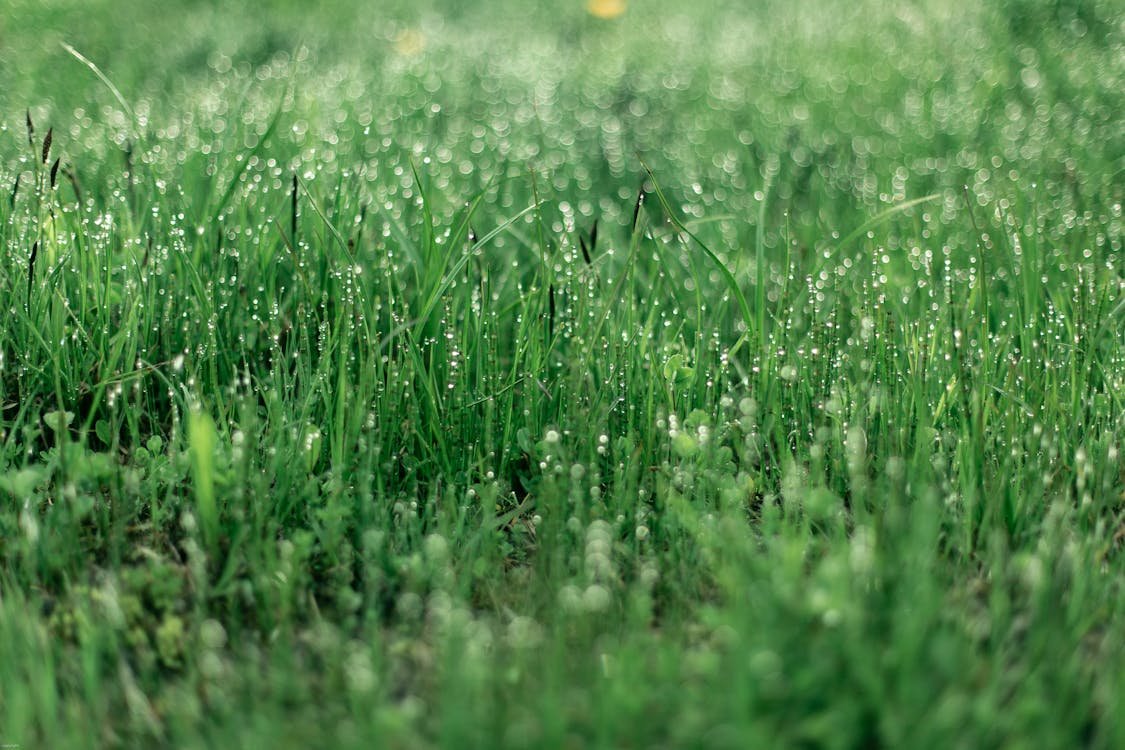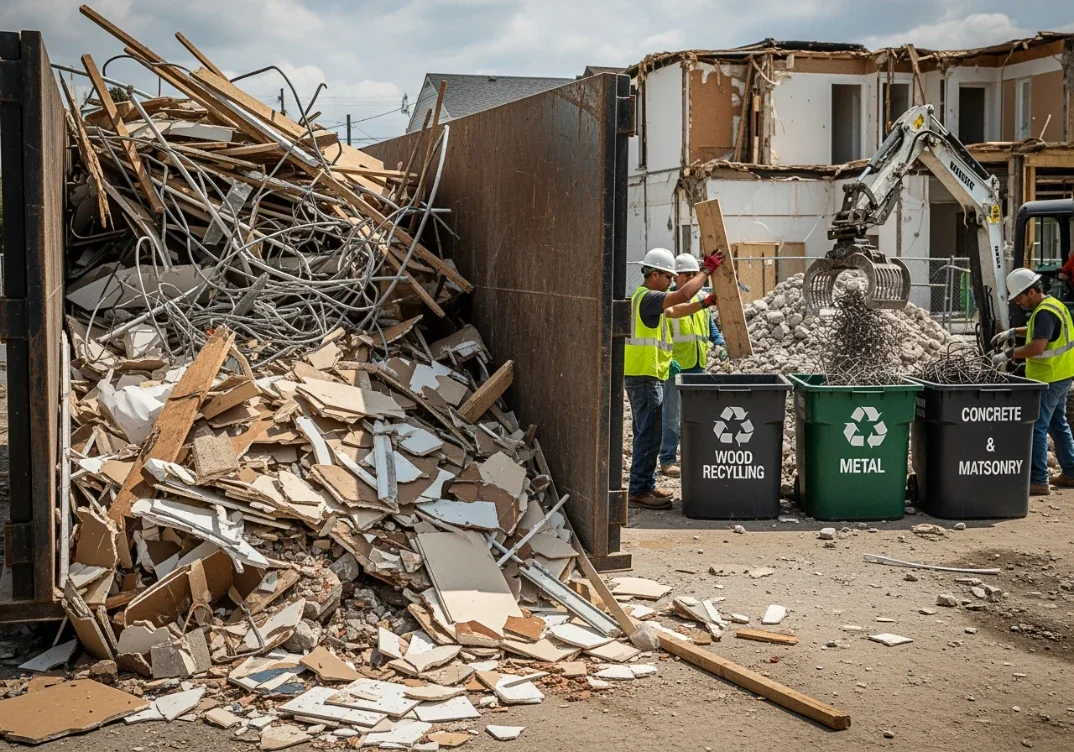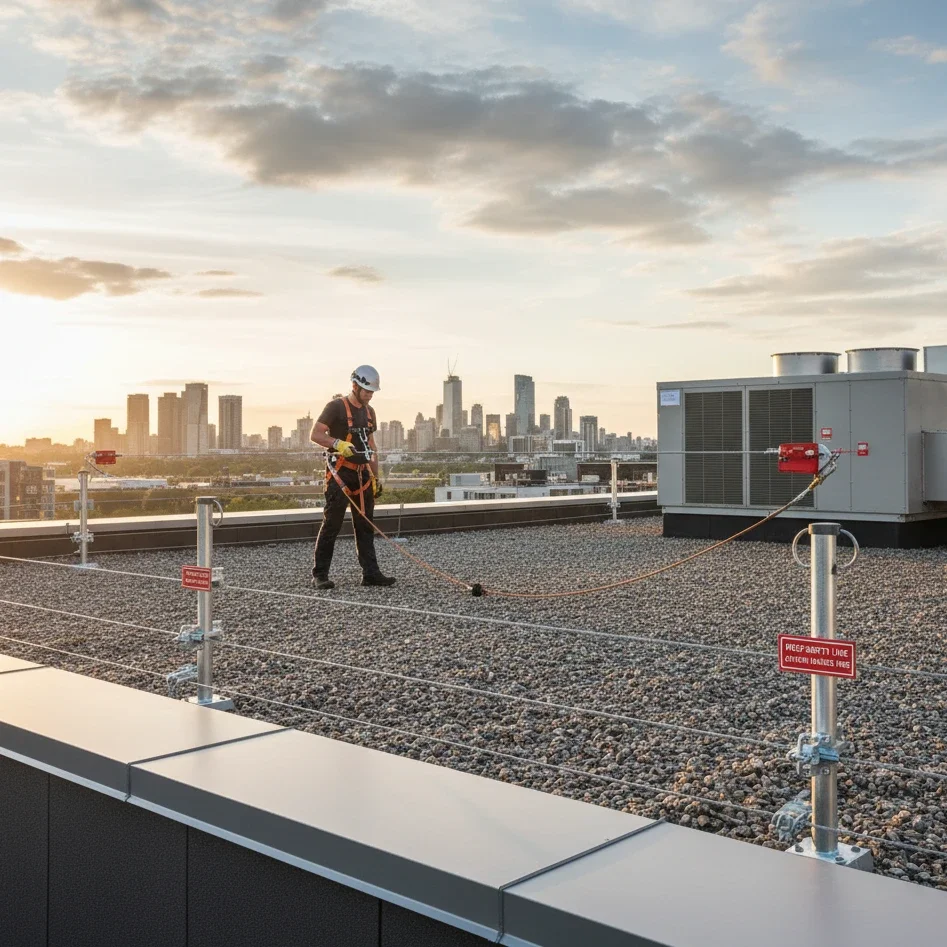Can You Cut Grass in the Rain? Expert Advice
Discover the truth about mowing in wet conditions. "Can You Cut Grass in the Rain? Expert Advice" offers tips and insights for a healthy lawn, even on rainy days.
We’ve all been there. You look out the window, lawnmower at the ready, only to see a steady drizzle begin to fall. A common question springs to mind: Can you cut grass in the rain? It's a topic that sparks debate among lawn enthusiasts and casual gardeners alike. On one hand, there's the convenience of getting the job done; on the other, there are concerns about the health of your lawn and the safety of mowing in wet conditions. In this article, we dive deep into the question, providing expert advice and practical tips to help you decide whether or not to mow when the skies open up.
The Big Question: Can You Cut Grass in the Rain?
Let’s tackle the big question head-on: Can you cut grass in the rain? The short answer is yes, you can. But, like most things in life, just because you can, doesn’t necessarily mean you should. Here’s why:
Safety Concerns
Wet grass can make the ground slippery, increasing the risk of slipping or losing control of your mower. This is especially risky on slopes or uneven terrain where traction is crucial.
Handling electrical equipment, like some types of mowers, in wet conditions can pose a risk of electric shock.
Lawn Health
Mowing wet grass can lead to uneven cuts, as the blades may not stand up straight, resulting in an inconsistent mow. Clippings can clump together when wet, creating an uneven appearance and potentially smothering the grass beneath, leading to brown spots or disease.
Mowing wet grass can also cause the mower blades to tear the grass rather than cutting it cleanly, which can damage the lawn and make it more susceptible to disease.
Mower Maintenance
Wet grass can clog your mower, making it work harder and potentially leading to mechanical issues. The moisture can also cause rust and corrosion on metal parts. Grass clippings can stick to the underside of the mower deck, which can be difficult to clean and can affect the mower's performance.
With these considerations in mind, let’s explore the specifics of mowing in wet conditions and when it might be okay to proceed:
Assessing Wet Conditions: If the grass is only slightly damp, such as from morning dew or light drizzle, it may be acceptable to mow, especially if you use a high-quality mower with sharp blades. However, avoid mowing during or immediately after heavy rain.
Precautions: If you decide to mow wet grass, take precautions such as wearing non-slip shoes and using a mower with proper safety features. Additionally, clean the mower thoroughly after use to prevent clippings from causing damage.
Alternative Strategies: If possible, wait for the grass to dry, or consider mowing in the late afternoon when the lawn is less wet. This will help ensure a cleaner cut and reduce the risk of damage to both your lawn and your mower.
Ultimately, while it’s possible to mow wet grass, it’s generally better to wait until conditions are more favorable to ensure the safety of both the operator and the health of the lawn.
Safety First: The Risks of Mowing Wet Grass
When pondering the question, Can you cut grass in the rain?, safety should be your top priority. Here are some key risks to consider:
1. Slippery Surfaces
Wet Grass Hazards: Wet grass can be like a slip-n-slide waiting to happen. Whether you're using a push mower or a riding mower, the slick surface can lead to accidents.
Footwear Matters: If you must mow, wear shoes with good traction to reduce the risk of slipping. Non-slip shoes or boots are ideal for maintaining a secure footing.
Slow and Steady: Go slower than usual to maintain control and prevent skidding. Taking your time ensures you can react quickly if the mower starts to slip or if you encounter uneven terrain.
2. Electrical Hazards
Risk of Electric Shock: If you’re using an electric mower, cutting grass in the rain can be particularly dangerous due to the risk of electrical shock.
Water and Electricity Don’t Mix: Avoid using electric mowers in the rain or on wet grass. If you must mow wet grass, use a cordless, battery-operated mower instead, as these reduce the risk of electric shock.
Inspect Cords and Equipment: Ensure all cords and equipment are in good condition and dry before use. Frayed wires or damaged equipment can increase the risk of shock or electrical failure.
3. Reduced Visibility
Visibility Challenges: Rain can reduce visibility, making it harder to see obstacles in your path. This can lead to accidents or damage to the mower.
Clear the Lawn: Before mowing, remove any debris like branches, toys, or rocks to avoid accidents. This step is crucial as wet conditions can make it more difficult to spot hazards.
Bright Clothing: Wear bright or reflective clothing to increase visibility, especially if it’s overcast. This is important for safety, particularly if you are mowing near roads or driveways where vehicles may be present.
While it is technically possible to mow in the rain, these safety risks make it generally advisable to wait for better conditions. Prioritizing safety can prevent accidents and ensure that both you and your equipment remain in good condition.
Lawn Health: The Impact of Mowing Wet Grass
When considering Can you cut grass in the rain?, think about the health of your lawn. Mowing wet grass can have several negative effects:
1. Uneven Cuts
Bent Grass Blades: Wet grass tends to bend rather than stand upright, leading to an uneven cut. This can make your lawn look patchy and uneven, affecting its overall appearance.
Sharpen Blades: Ensure your mower blades are sharp. A sharp blade can help reduce tearing and ensure a cleaner cut, even on wet grass. Tearing the grass can lead to brown tips and increase the risk of disease.
Adjust Mower Height: Raise the mower deck to avoid cutting too close and damaging the grass. Cutting too short can stress the lawn, especially when the grass is wet and vulnerable.
2. Clumping and Thatch Buildup
Wet Clippings: Wet grass clippings are more likely to clump together, which can lead to thatch buildup. Thatch is a layer of dead grass that can smother your lawn, preventing water and nutrients from reaching the soil.
Rake Up Clippings: If clumps form, rake them up to prevent thatch buildup and promote healthy growth. Leaving clumps on the lawn can also block sunlight, hindering grass growth.
Bag Clippings: Consider using a bagging attachment to collect wet clippings and prevent clumping. This helps keep the lawn surface clean and reduces the risk of disease.
3. Soil Compaction
Compacted Soil: Mowing wet grass can also lead to soil compaction, which makes it harder for roots to grow and absorb water and nutrients. Compacted soil reduces oxygen levels in the soil, affecting root development.
Avoid Heavy Equipment: If possible, avoid using heavy mowers that can exacerbate soil compaction. Light, push mowers are less likely to cause compaction issues compared to heavy, riding mowers.
Aerate the Lawn: Regular aeration can help alleviate compaction and promote healthy root growth. Aerating the lawn involves removing small cores of soil, which helps improve air exchange and allows water and nutrients to penetrate deeper into the soil.
While it is technically possible to mow in the rain, these considerations highlight why it’s generally better to wait for dry conditions. Prioritizing lawn health can prevent damage and ensure a lush, healthy lawn throughout the season.
When It’s Okay to Mow Wet Grass
Despite the potential downsides, there are times when you might need to mow wet grass. Here’s how to do it safely and effectively:
1. Light Drizzle or Morning Dew
Timing: If it’s just a light drizzle or morning dew, it’s generally safe to mow, provided you take precautions.
Wait for a Break: If it’s raining, wait for a break in the weather to mow. This can reduce the amount of moisture on the grass and make the task safer.
Test the Grass: Check if the grass is just damp rather than soaked. Step on the lawn; if it feels squishy underfoot, it’s best to wait as the ground may be too soft and prone to damage.
2. Time Constraints
Equipment: Sometimes, life gets in the way, and mowing wet grass is unavoidable. Use a mower with sharp blades to ensure clean cuts and a bagging attachment to minimize clumping.
Extra Care: Take extra care by mowing slowly, watching your footing, and being cautious around slopes and obstacles. Wet conditions can make these areas particularly hazardous.
Safety First: Wear non-slip footwear and avoid wearing loose clothing that could get caught in the mower.
3. Overgrown Grass
Multiple Passes: If your grass is getting too long, mowing it wet might be better than letting it grow out of control. Mow in multiple passes, raising the blade each time to avoid cutting too much at once. This method prevents overwhelming the mower and reduces the risk of damaging the grass.
Dry It Out: If possible, let the grass dry out between passes to make the job easier and reduce the strain on your mower. This can also help prevent clippings from sticking together and forming clumps.
Bagging or Mulching: Consider bagging the clippings or using a mulching mower to disperse them evenly across the lawn, preventing thatch buildup and promoting a healthier lawn.
In summary, while mowing wet grass is not ideal, taking the right precautions can help you manage the task safely and effectively when necessary. Prioritize safety, use appropriate equipment, and adjust your mowing techniques to ensure the health of your lawn and the efficiency of the mowing process.
Conclusion
So, can you cut grass in the rain? The answer is a cautious yes, but with several caveats. While it’s possible to mow wet grass, it’s not always the best choice for your lawn’s health or your safety. If you find yourself in a pinch and need to mow in less-than-ideal conditions, remember to take extra precautions, use the right equipment, and consider the potential impact on your lawn. By following these guidelines, you can keep your lawn looking its best, rain or shine.
Happy mowing, and stay safe out there!
Frequently Asked Questions
Can you cut grass in the rain with an electric mower?
It’s not recommended due to the risk of electrical shock. If you must mow, opt for a battery-operated mower and take extra precautions.
What should you do if you have to mow wet grass?
Use a sharp blade, go slow, and rake up any clippings to avoid clumping. Make sure to clean your mower thoroughly afterward.
Is it bad for the lawn to mow wet grass?
Mowing wet grass can lead to uneven cuts, clumping, and soil compaction. It’s best to wait until the grass is dry if possible.
How can you avoid soil compaction when mowing wet grass?
Avoid using heavy equipment and try to mow when the ground isn’t saturated. Aerating your lawn regularly can also help prevent compaction.
What’s the best time to mow the lawn?
Ideally, mow your lawn when it’s dry, usually late morning or early afternoon after the dew has evaporated and before the heat of the day sets in.






























